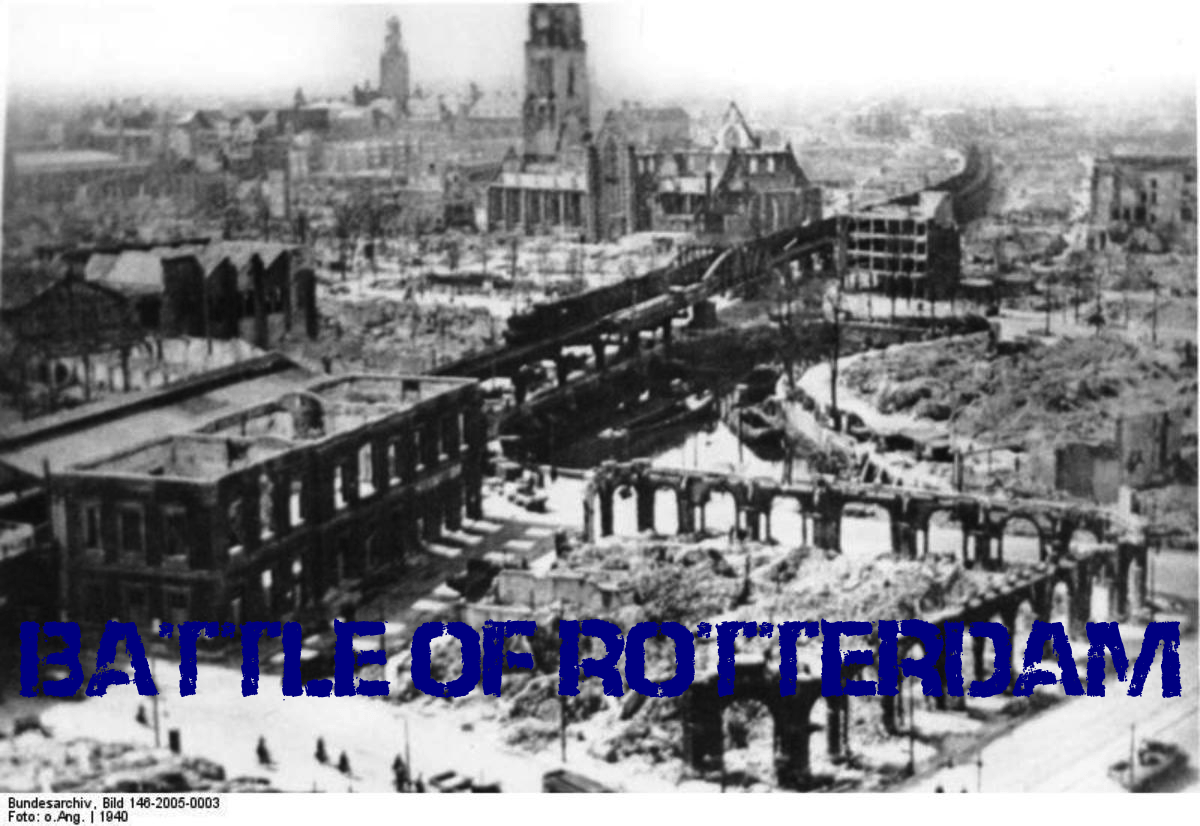Battle of Rotterdam
Battle of Rotterdam The battle began on May 10, 1940 and lasted for four days, ending with dreadful bombings. The Nazis chose to take over… Read More »Battle of Rotterdam
Battle of Rotterdam The battle began on May 10, 1940 and lasted for four days, ending with dreadful bombings. The Nazis chose to take over… Read More »Battle of Rotterdam
